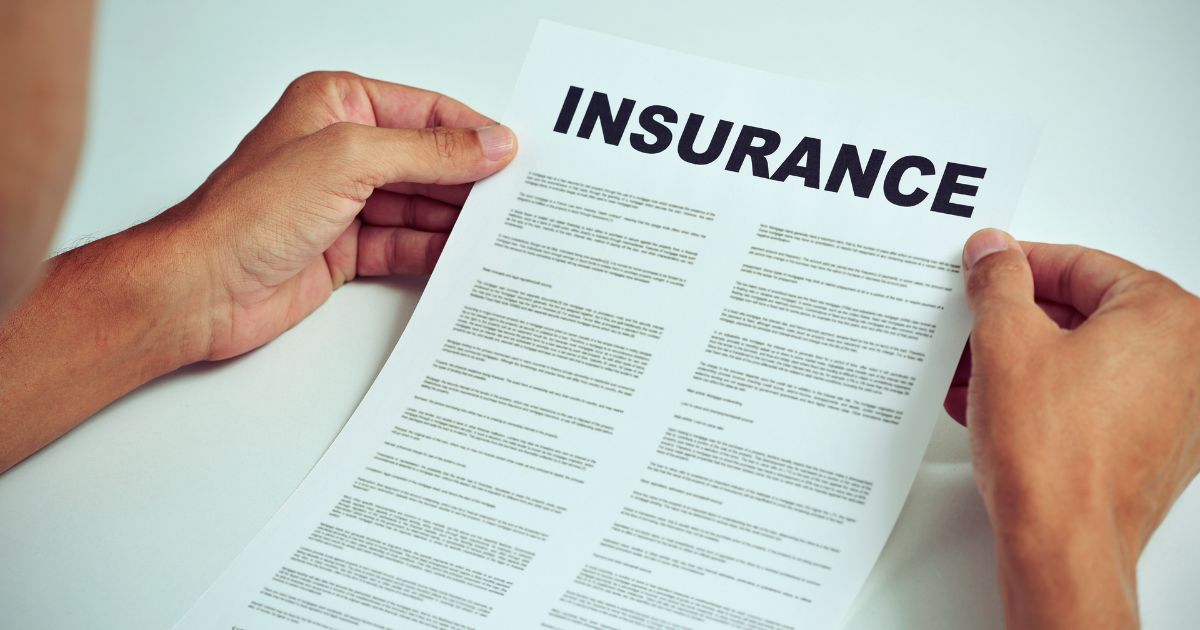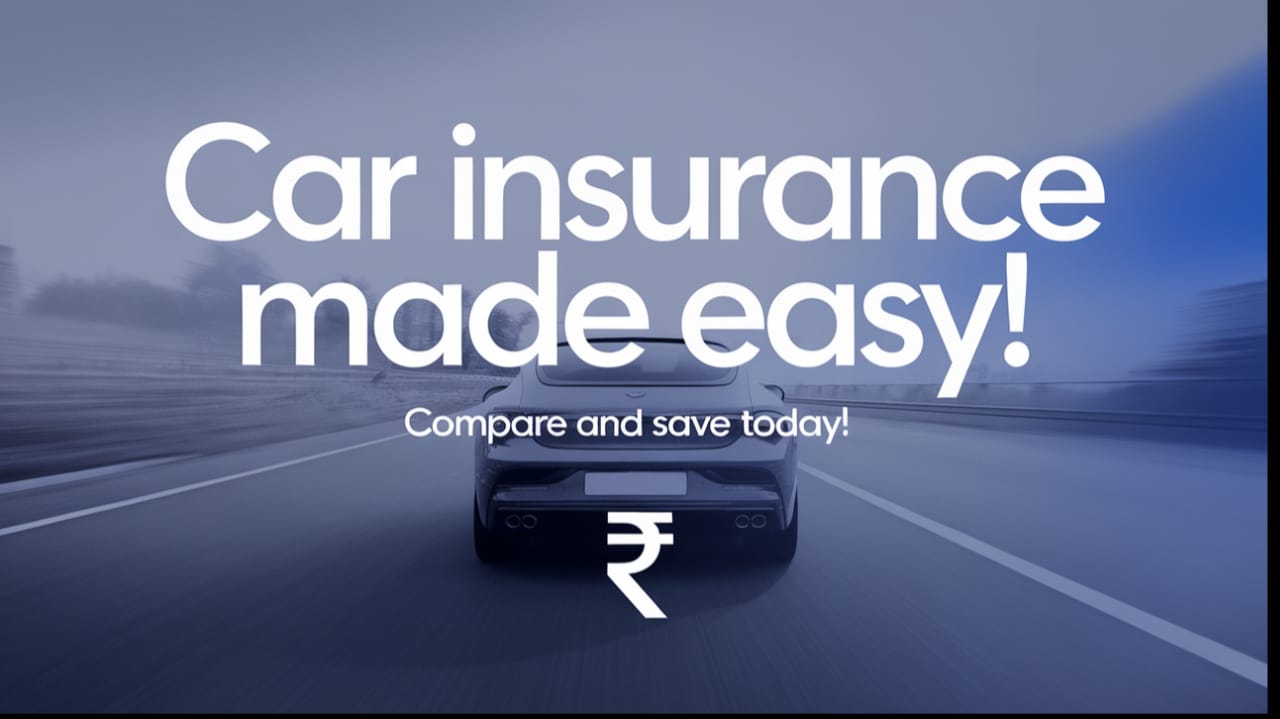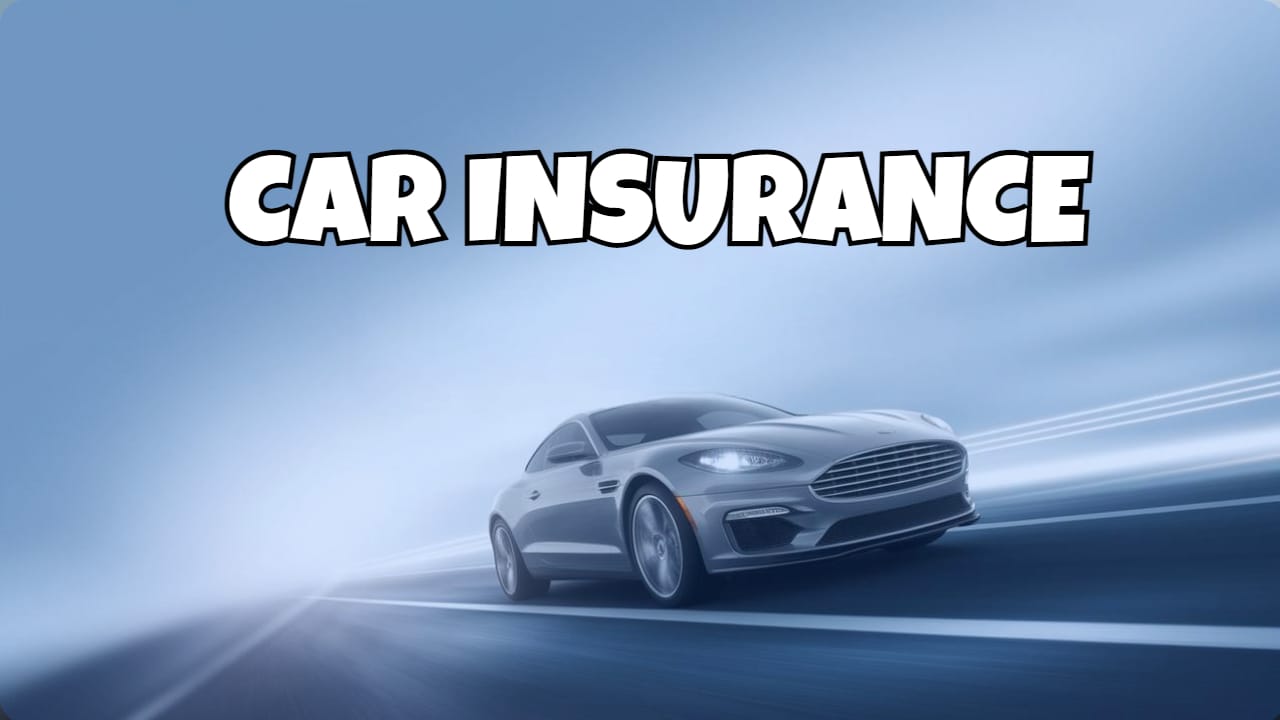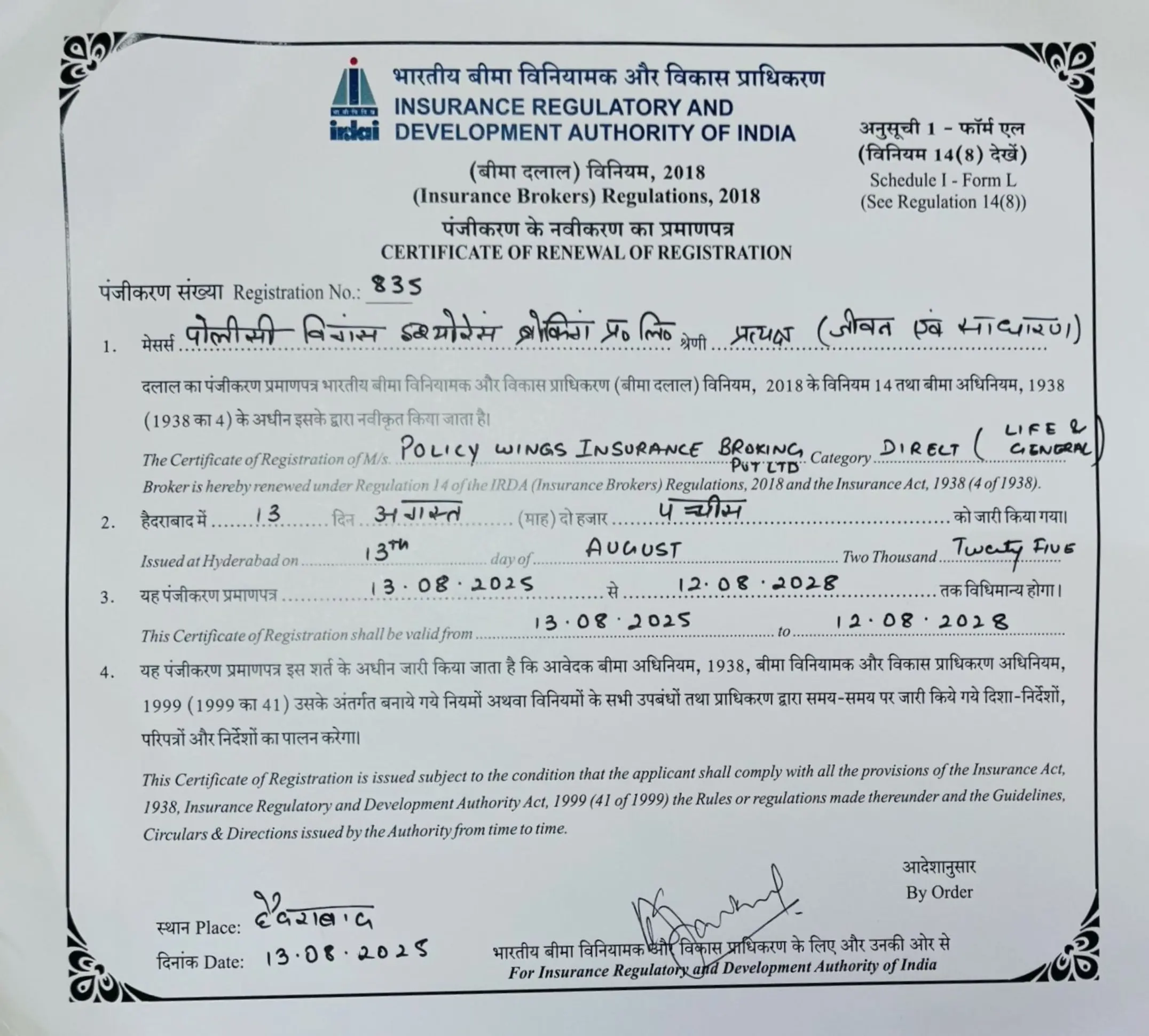Introduction
Buying car insurance is no longer just about ticking the “third party” box. Many owners today evaluate addons such as bumper to bumper (commonly called “zero depreciation”) to reduce out of pocket repair costs. But what happens once your car crosses the 5 year mark? This article explains zero depreciation insurance eligibility in India, what IRDAI endorsed wordings say and whether bumper to bumper insurance after 5 years is a smart buy, specifically for Policywings readers who want clear, practical guidance.
What “bumper to bumper”/zero depreciation actually covers
Bumper to bumper and zero depreciation addons are designed to eliminate the depreciation deduction applied during claim settlement for replaced parts, especially plastic, rubber and fibre components that wear out fast. In plain terms: if you have the add-on and your claim is admissible, the insurer pays the part replacement cost without deducting the normal depreciation. This improves claim value but increases your premium at renewal.
Age limits and regulatory wording you should know
There is no single nationwide rule that every insurer follows; eligibility depends on insurer product rules and the specific addon wording. However, many major insurers cap zero depreciation eligibility to the earlier years of the car’s life (typically up to 5 years). At the same time, IRDAI endorsed endorsement wordings used by public insurers sometimes specify different age slabs for example, a nil depreciation endorsement used by Oriental Insurance states cover is available for vehicles whose age is less than or equal to 6.5 years on policy inception and limits certain claims to the first two partial loss claims in a policy year. That demonstrates insurer discretion and differing product design.
Is bumper to bumper available after 5 years in India?
Short answer: sometimes. Most insurers stop offering traditional zero depreciation addons once a car is older than 5 years, but some insurers extend similar covers to older vehicles with conditions (higher premium, limited claim count or capped parts). A few market players advertise options up to 7 or even 10 years for “bumper to bumper” type covers, but those products are rarer and usually more expensive. Always confirm the exact eligibility at renewal, because availability varies by insurer and by the addon wording.
Recent regulatory or compliance notes (what changed and what matters)
IRDAI continues to standardize endorsements and expects insurers to disclose addon limits, age slabs and exclusions clearly at the point of sale and renewal. The Oriental Insurance nil depreciation endorsement is an example of a standardized wording that spells out age calculation, claim limits and exclusions, a useful template that other insurers echo. Also remember third party liability insurance remains legally mandatory under the Motor Vehicles Act; addons are voluntary enhancements to your comprehensive cover, not substitutes for statutory protection.
Practical checklist: should you buy bumper to bumper after 5 years?
- Consider your car’s IDV (insured declared value). If the IDV is already low, a higher premium for zero dep may not give proportional benefit.
- Evaluate typical claim cost. If most past claims on your model involve plastic/fibre parts (bumper, headlights, trims), zero dep can save materially.
- Check limits: some policies restrict zero dep to the first one or two partial loss claims per year, read the renew offer carefully.
- Compare alternative addons: glass cover, engine protection and consumables cover may be cheaper and address the exact exposures you face.
- Factor in No Claim Bonus (NCB) and deductibles, a frequent small claim could erode NCB benefits and make the addon less attractive.
When it’s usually worth it
Bumper to bumper is cost effective when: the car is driven in high risk environments (city traffic, rough roads), replacement parts for your model are expensive and you value cashflow certainty for repairs. For cars with higher cosmetic replacement costs (modern plastic bumper assemblies, advanced headlamp units), the addon often pays back quickly in a single mid sized claim.
When to skip it
If your vehicle’s IDV is low, you drive sparingly, repairs are usually minor or your budget prioritises keeping premiums down, skip the addon or look for targeted covers (glass/engine/consumables) instead. After 5 years, many owners find targeted riders offer a better premium to benefit ratio.
How to shop at renewal
- Ask insurers explicitly about “bumper to bumper insurance after 5 years India” options and get the precise endorsement wording.
- Compare at least 3 proposals for premium, claim limits and exclusions.
- Confirm whether mid term inclusion is allowed (many endorsements prohibit mid term additions).
- Keep record of prior claims and NCB, they affect pricing.
Conclusion
Bumper to bumper (zero depreciation) after 5 years can be available but is not universally offered; when it is, it often comes with stricter terms and higher cost. The decision should be pragmatic: weigh IDV, typical repair costs for your car model, claim frequency and the exact addon wording at renewal. For many 5+ year cars, targeted addons deliver more value than a blanket zero dep but if you drive in risky conditions and parts are costly, a carefully chosen bumper to bumper option may still be worth the premium. Always read the endorsement wording before you buy.







